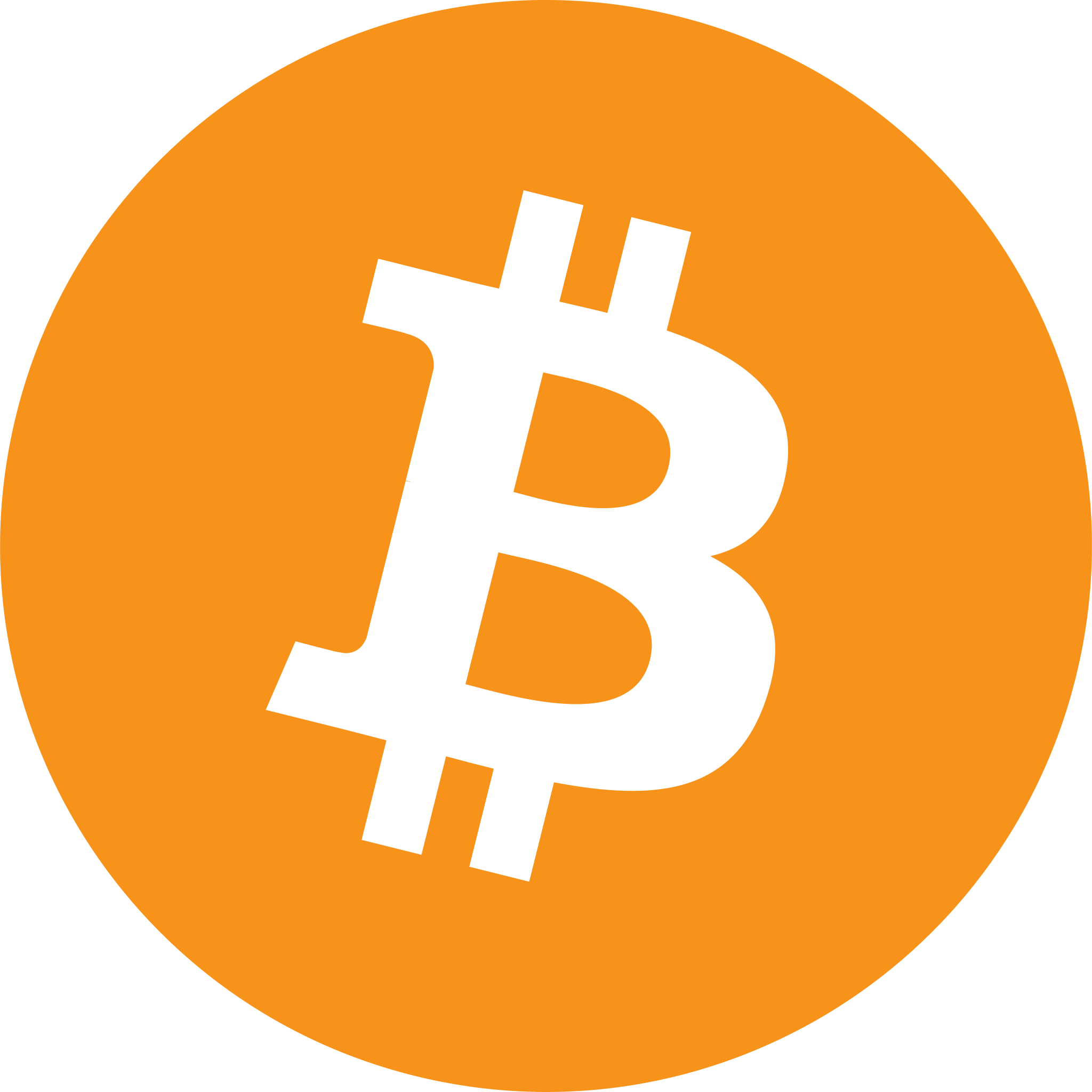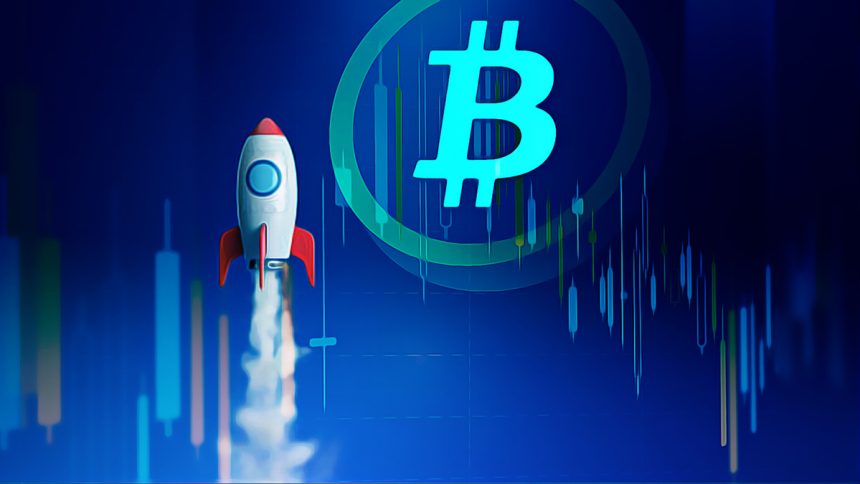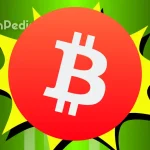Bitcoin  $108,045.48It is observed that the number of transactions carried out in the bloczinciri of the block is experienced in recent years. While the price of Bitcoin approaches record levels, the low levels of the number of operations in the blocky are remarkable. This indicates that there is less user activity than expected to network according to various analyzes.
$108,045.48It is observed that the number of transactions carried out in the bloczinciri of the block is experienced in recent years. While the price of Bitcoin approaches record levels, the low levels of the number of operations in the blocky are remarkable. This indicates that there is less user activity than expected to network according to various analyzes.
Decreases observed in the process queue
On the process area, known as Mempool and waiting for approval temporarily stored, it was only around 5,000 transactions last Saturday. Later, this number rose to 15,000, but in the late 2024, the price of the BTC remained at a very low level than 150,000 transactions recorded when the price of over $ 100,000 was first increased. According to the data obtained from the sources, the number of operations waiting since March fluctuates between 3,000 and 30,000, which shows that the demand on the network is relatively weak.
The existing process density in the blocky is low compared to the past despite the increase in the unit price of Bitcoin, it is interpreted that individual participants in the ecosystem are decreased. In particular, the accumulation of low transactions in Mempool is reported to increase concerns about the future of the network by various stakeholders.
Low trading fees and declining user participation
Experts point out that this decrease affects the income direction of miners. The income from the transaction fees has declined to a very small part of the total miner income. The reason for this is the limited number of transactions waiting to be approved on the network.
Joël Valenzuela (Marketing and Business Development Director): “Bitcoin’s Mempool (Process Waiting Tail) is almost completely empty. The share of transaction fees in miner’s revenues has even decreased to one percent.”
Valenzuela also points out that there is a significant decrease in the number of users and this is even at the highest price levels of all time. Valenzuela, who describes the situation as a major crisis, expresses the concern that the network can become a completely central entity governed by states and institutions.
Joël Valenzuela: “In short, almost all of Bitcoin’s real users were withdrawn. Also, this was the price break!”
The role and possible effects of retail participants
Another expert opinion points to the absence of retail users in the market. Joao Wedson, the founder of Alphractal, the crypto data analysis platform, says that the low density in Mempool is a clear indication that small investors or users are on the market. Wedson says that the increase in transaction density will be a powerful signal that retail investors have returned to the market.
Joao Wedson said: “When Mempool transactions begin to increase again, a clear sign is taken that the retail participation has returned, because it indicates that the demand for use of the accumulation increases.”
These explanations offer a general picture that the Bitcoin network shows a lower mobility in daily use despite large price fluctuations. It is understood that the market was traded with less participants than before.
Experts also state that this trend may cause difficulties in the revenue model for miners, because low trading fees directly affect the ecosystem. Among the debates, the sustainability of the network and the elements of decentralization are at the forefront.
Whether there is an increase in the transaction density in the future, whether the interest of retail investors will be refreshed or not, continues to follow the subject of both investors and developers. A new wave in the network activity may also affect the general perception and pricing of the sector.
The existing indicators reveal that Bitcoin’s real use of the network despite the price increase in the real use of the network. Expert comments draw attention to possible risks and possible signs of strengthening. In the next process; The relationship between price, participatory density and mining revenues stands out as an important perspective.
The low -trading density observed in Bitcoin blocking indicates that there may be no parallel increase in prices. The analyzes show that individual and retail investors’ activities in the network are reduced and the revenues obtained from the processing fees decreased significantly. These developments open the door to possible new discussions in areas such as user behavior, sustainability and decentralization in the Bitcoin network. In particular, the occupancy rate of the process queues may be among the basic indicators of predictions about whether the network will be revived in the future.
Responsibility Rejection: The information contained in this article does not contain investment advice. Investors should be aware that crypto currencies carry high volatility and thus risk and carry out their operations in line with their own research.








